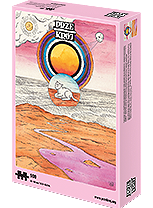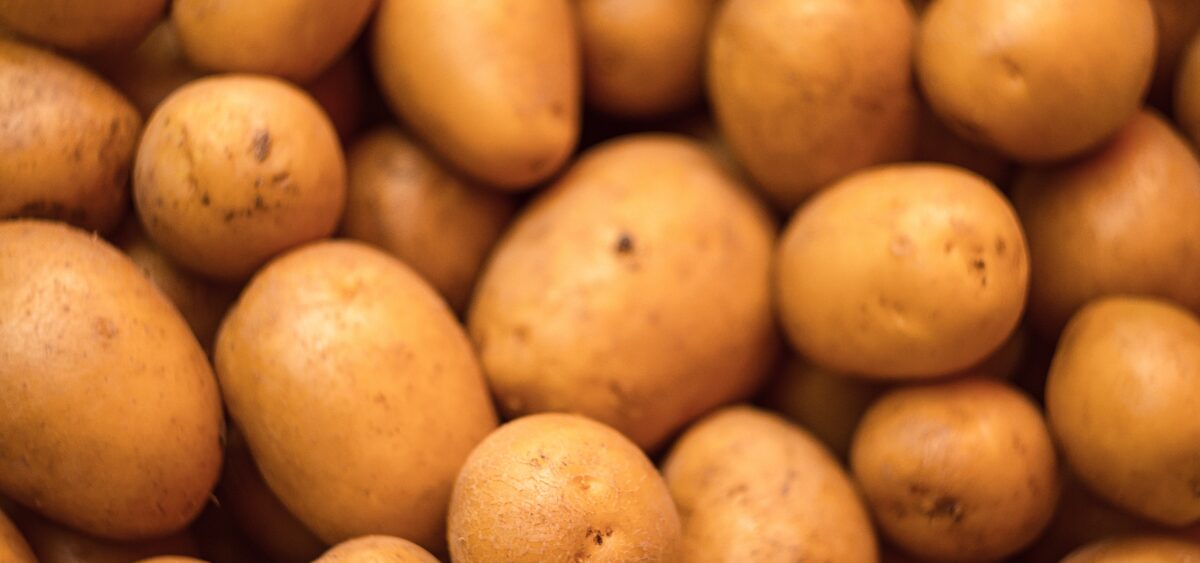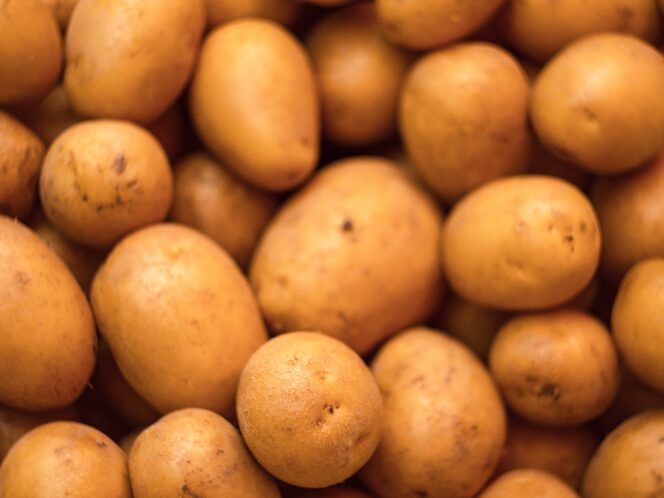
There has been much talk lately of the fact that we have to change for the good of the world, and that everyone can become a superhero for the purposes of this change. But what to do as a newly-recruited hero, and how to change reality for the better?
The comparison between involvement in important matters and transforming into a superhero seems to have taken a solid hold in our imagination. Areta Szpura asks How to Change the World? (Jak uratować świat?) in her book, animal rights charity Otwarte Klatki (Open Cages) encourages social media followers to become superheroes for animals, and at the latest climate strike I spotted someone in a Superman costume calling on people to save the oceans. I like this comparison a lot because it shows that everyone, including me and you – the readers of “Przekrój” – has some kind of superpower that enables them to make a change. And usually, we have more than one. It could be our salary, because even if you’re earning the






